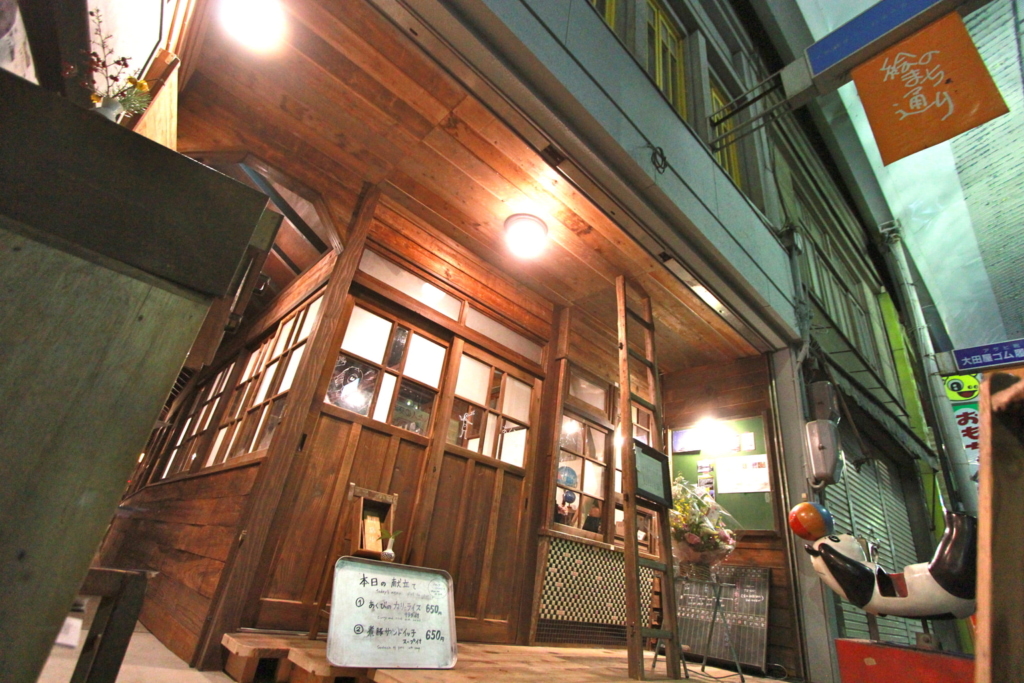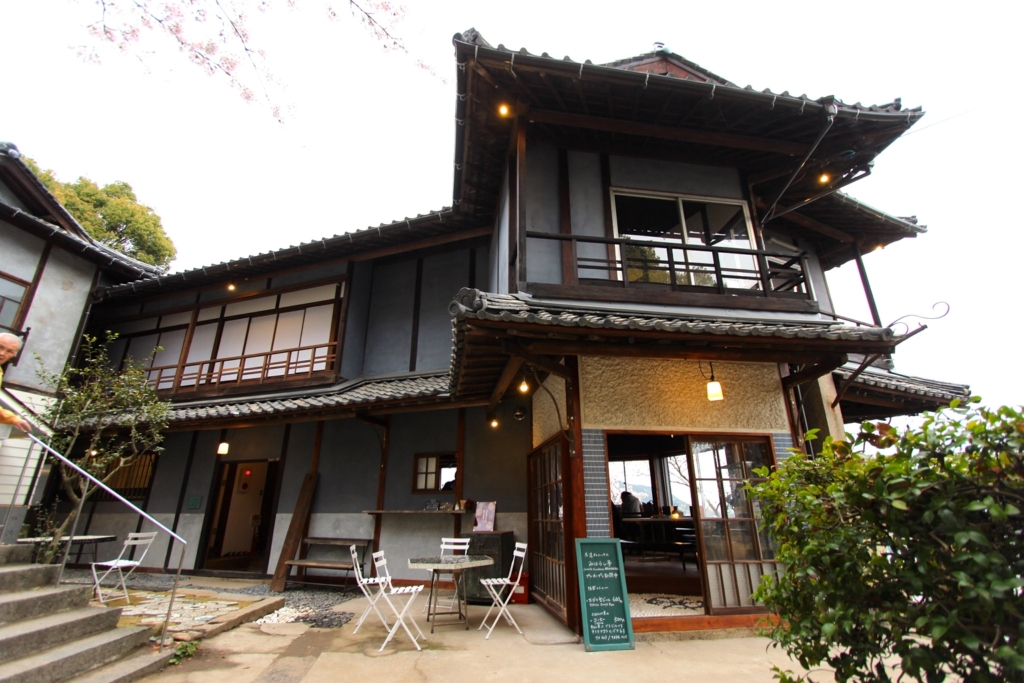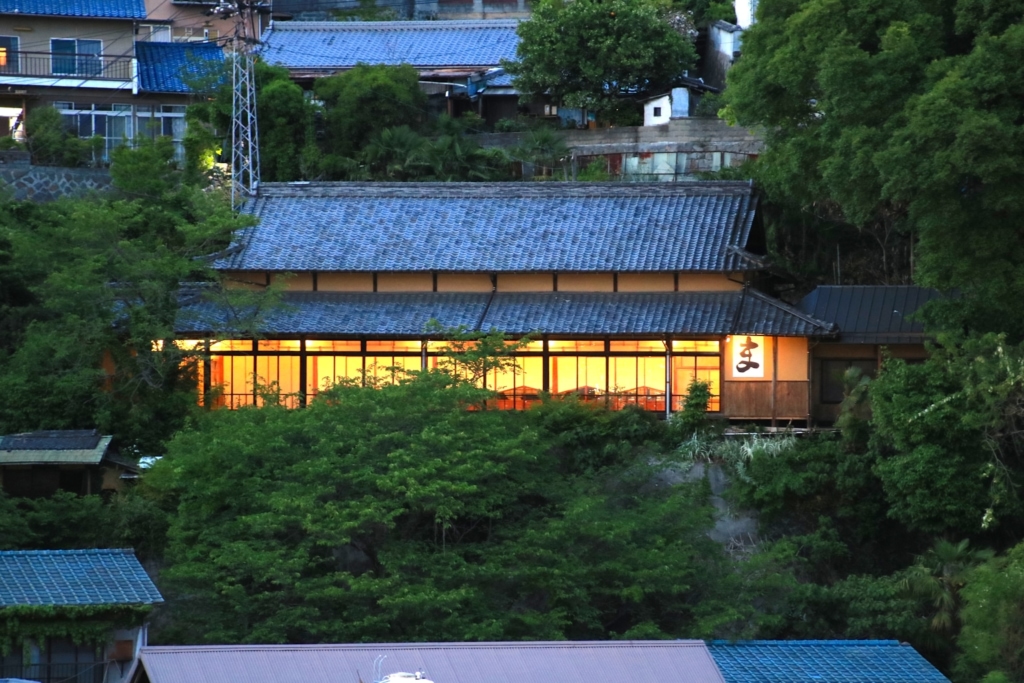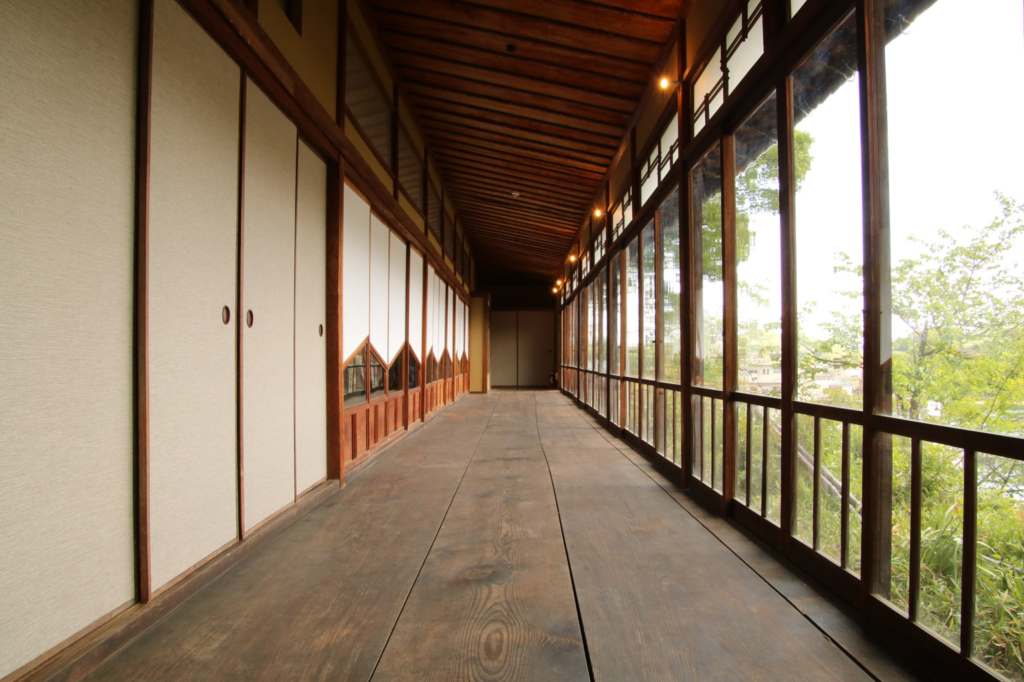Onomichi is a hilly port city overlooking the Seto Inland Sea, familiar to many Japanese who know it thanks to its appearance in movies such as Tokyo Story. However, by 1997 Onomichi was suffering a massive post-growth decline, with many beautiful homes (akiya) left to rot by their previous occupants. These picturesque slopes had proven to be the area’s downfall and older Onomichi residents started to abandon the area in droves.
Onomichi Art Invasion
It was around this time that the cat-obsessed French artist, Shunji Sonoyama, alarmed by the plight of what he viewed as a source of inspiration, devised a plan to help the city. He had relocated to Onomichi after opening the Manekineko Art Museum in Okayama and was flush with ideas.
In 1997, three years after opening the museum, Sonoyama opened a smaller Manekineko Museum in Onomichi, accompanied by Owl Night Café. Both the museum and the café are situated inside old akiya (abandoned, empty houses) among winding streets in the Onomichi hills.
In 1998, Sonoyama began to paint fukuishi neko (lucky stone cats) and place them around the area, hiding over 108 stones and nicknaming it “Cat Alley.” Sonoyama gradually renovated more akiya close by, turning them into galleries, cafés and art spaces. Cat Alley attracts thousands of tourists each year, many of whom leave their own fukuishi neko along the way. There are now estimated to be over a thousand fukuishi neko around the area.
![]()
Akiya Ambitions
In 2002, five years after Sonoyama opened the Manekineko Museum, tour guide Masako Toyota moved back to her hometown of Onomichi. She, too, was shocked at the number of abandoned old houses. In 2007, Toyota bought her own akiya to renovate for just two million yen, beginning renovations alongside her carpenter husband. Toyota blogged about the renovation process and received inquiries from other people who were keen to do the same.
This prompted her to start an NPO specifically for Onomichi’s vacant houses in 2008, called Onomichi Akiya Saisei Project. Known locally as Aki-P, soon other activists and like-minded Onomichi residents joined the movement. In 2009, Aki-P was entrusted with Onomichi’s akiya bank, a service which matches vacant houses with citizens ready to take on their own akiya project.
Since Aki-P was established, it has matched or renovated over 150 vacant houses in Onomichi. The NPO itself has renovated 20 akiya to date, including guesthouses, a school house-style café and an independent shopping center, Sangenya Apartment.
4 Aki-P Projects

Anago no Nedoko, Image courtesy Onomichi Saisei Project
1. Onomichi Guesthouse Anago no Nedoko/Akubi Café
Anago no Nedoko is a budget-friendly guesthouse in an old house on the Onomichi Shopping Street. Completed in 2012, Anago no Nedoko is one of the first Aki-P conquests, closer to an overseas hostel than a traditional guesthouse. To enter, guests must squeeze down the narrow alleyway, past the schoolroom-style Akubi Café, to the sliding guesthouse door.

Image courtesy of Akiya Saisei Project
2. Sangenya Apartment
Sangenya Apartment is a quaint mishmash of shops crammed into an old apartment block built in the Showa Era. With no bath and only one shared toilet between all 10 rooms, living here was an inconvenience, yet it proved the perfect formula for a tiny shopping mall. With an independent record shop, an old book shop and a café, Sangenya Apartment is a world away from typical department stores — a haven for independent creatives.

Image courtesy of Akiya Saisei Project
3. Miharashi-tei Onomichi Guest House
Miharashi-tei was an old villa built in 1921 at the end of the Taisho Period when tea tourism was booming in the Onomichi area. With fantastic views overlooking the Senkoji Temple, it was used as a ryokan from 1969-1989 before it was abandoned. Finally in 2009, it was registered with the Akiya Bank. Period features have been retained as much as possible, with the original miraido sliding doors and wooden ceiling beams intact.

Image courtesy of Akiya Saisei Project
4. Shousui-en Events Space
Shousui-en was a fabulous banquet hall, used to host weddings, funerals and everything in between, until it was abandoned and eventually put onto the akiya bank. Aki-P acquired the building in 2016 and currently uses it to host events. In a novel way of raising funds, the NPO is offering hand-painted wooden panes in the ceiling of the hall.
Want to explore more of the Seto Inland Sea? Check out these articles:
- Where We’re Staying: 3 Top Upscale Hotels in Japan
- The Inland Sea Still Stands as One of the Greatest Books on Japan
- A Wedding Chapel as Lovely as the Landscape That Surrounds It
- Board Guntu, Japan’s First Floating Ryokan
- Setouchi Travel Guide: Cycle Through the Seto Inland Sea Islands
Updated On January 19, 2023








